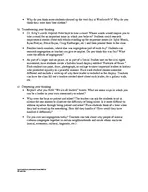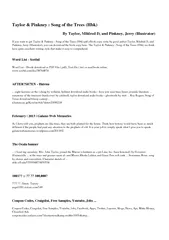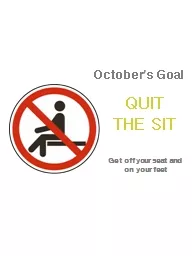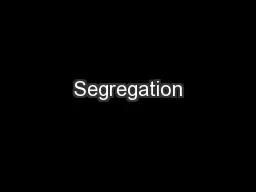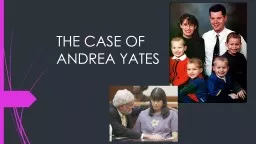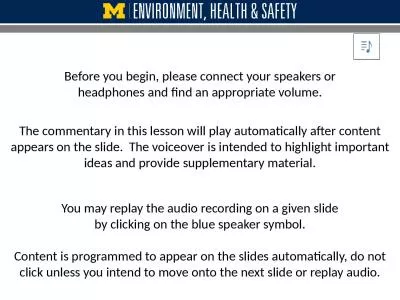PDF-Sit in How Four Friends Stood Up by Sitting Down by Andrea Davis Pinkney illustrated
Author : stefany-barnette | Published Date : 2015-03-14
Pre reading a ctivities a Setup the room with tables put together Give each student a sticker or name tag to put on The name tags should be two different colors
Presentation Embed Code
Download Presentation
Download Presentation The PPT/PDF document "Sit in How Four Friends Stood Up by Sitt..." is the property of its rightful owner. Permission is granted to download and print the materials on this website for personal, non-commercial use only, and to display it on your personal computer provided you do not modify the materials and that you retain all copyright notices contained in the materials. By downloading content from our website, you accept the terms of this agreement.
Sit in How Four Friends Stood Up by Sitting Down by Andrea Davis Pinkney illustrated: Transcript
Download Rules Of Document
"Sit in How Four Friends Stood Up by Sitting Down by Andrea Davis Pinkney illustrated"The content belongs to its owner. You may download and print it for personal use, without modification, and keep all copyright notices. By downloading, you agree to these terms.
Related Documents

